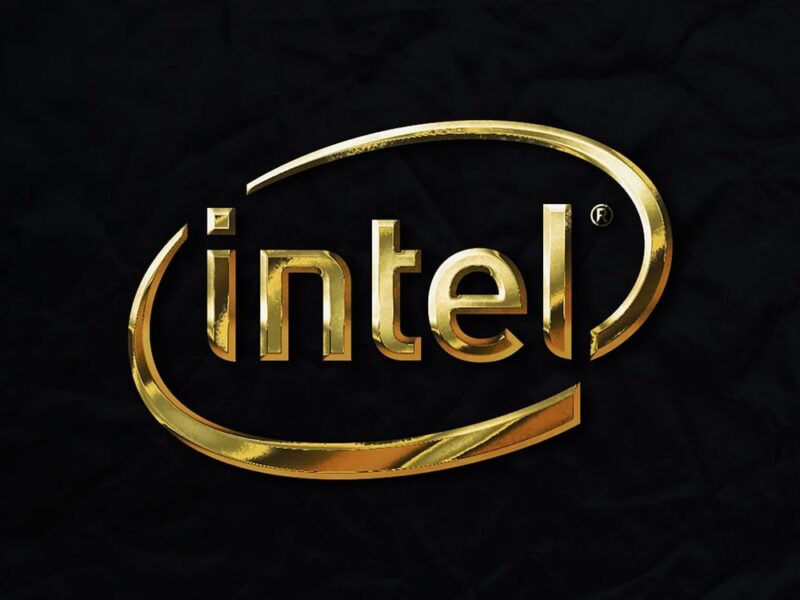Processors, or central processing units (CPUs), serve as the core component of modern computing devices. They are responsible for executing millions of instructions per second, determining the speed and efficiency of tasks performed by computers, smartphones, and other electronic devices. Understanding processors is essential for anyone looking to grasp the fundamentals of how technology works.
What are processors (CPUs)?
Processors are the brains of computers, interpreting and executing instructions that enable software to function. While the terms “processor” and “CPU” are often used interchangeably, they can also refer to different types of processing units, including graphics processing units (GPUs) utilized for rendering images and video.
Definition and role
At its core, a processor takes input data, processes it according to predefined instructions, and produces output. This fundamental role allows CPUs to run operating systems, applications, and perform complex calculations, making them indispensable in technology.
Distinction between processor and CPU
While “CPU” specifically refers to the central processing unit, “processor” can also refer to various other processing units. For instance, GPUs handle certain computations related to graphics. Understanding this distinction helps clarify discussions about computing hardware.
Basic elements of a processor
Understanding the components of a CPU is crucial to comprehend its functionality. Each part plays a unique role in processing tasks and data.
Arithmetic Logic Unit (ALU)
The Arithmetic Logic Unit performs all arithmetic and logical operations within the CPU. It is responsible for calculations such as addition and subtraction and for executing logical operations like comparing values.
Floating Point Unit (FPU)
The Floating Point Unit handles complex calculations involving floating-point numbers, which are essential for applications like graphics processing and scientific computations that require a high degree of precision.
Registers
Registers are small storage locations within the CPU that hold data temporarily during processing. Their importance lies in providing fast access to frequently used variables and instructions, significantly speeding up processing time.
Cache memory (L1 and L2)
Cache memory, specifically L1 (Level 1) and L2 (Level 2), is a smaller, faster type of volatile memory that stores copies of frequently accessed data from main memory (RAM). This hierarchical structure enhances CPU performance by reducing access time.
CPU operations
Understanding how CPUs work is essential to grasping their capabilities. The CPU performs four primary operations, known collectively as the instruction cycle.
The instruction cycle
The instruction cycle consists of several steps: fetching, decoding, executing, and writing back. Each of these stages is crucial for ensuring that instructions are processed efficiently.
Fetch
In the fetch stage, the CPU retrieves instructions from RAM based on their address, bringing them into the CPU for processing.
Decode
Next, the CPU decodes the fetched instructions, translating them from machine code into an understandable format for execution.
Execute
During the execute stage, the CPU performs the necessary operations outlined in the instruction, which could involve various computations or data manipulations.
Write back
Finally, the results of the execution are written back to memory, completing the cycle and allowing the CPU to move on to the next instruction.
Components of a CPU
The structure of CPUs is multifaceted and requires various components working in concert to achieve processing goals.
Core elements
Among the many components, a few are vital for a CPU’s functionality: the control unit, microprocessors, and multi-core setups.
Control unit
The control unit manages and coordinates the operations of the CPU, ensuring that instructions are executed in the correct sequence and that data flows smoothly within the system.
Microprocessors
Microprocessors are compact computing processors that integrate multiple functions onto a single chip. They have transformed modern computing by reducing size while increasing power and efficiency.
Multi-core processors
Multi-core processors feature multiple processing cores within a single CPU. This allows for parallel processing, where multiple tasks can be handled simultaneously, significantly improving performance and efficiency.
Types of processors
Processors are categorized based on their core configurations, which influence their capabilities and performance.
Multi-core processors vs. single-core processors
Single-core processors handle one instruction at a time, making them less efficient for multitasking.
Single-core processors
They generally handle basic computing tasks but struggle with demanding applications that require simultaneous processing.
Dual-core processors
Dual-core processors can manage two instruction sets simultaneously, offering improved performance for multitasking activities and more demanding applications.
Quad-core processors
Quad-core processors enhance efficiency further by handling four instruction sets, making them suitable for modern applications like gaming and video editing.
Advanced multi-core systems
Processors with more than four cores, including those with 12 or more cores, are designed for intensive computing tasks and can handle complex applications with ease.
Virtualization and multi-threading
A crucial aspect of modern computing is the ability to run virtual systems and manage threads effectively.
Understanding multi-threading
Multi-threading allows a single processor core to execute multiple threads of execution, referred to as virtual CPUs (vCPUs). This improves resource utilization and enables better performance in virtual environments.
Limitations of excessive vCPUs
While adding more vCPUs can enhance performance, over-allocating them can lead to resource contention, causing inefficiencies if the physical cores cannot manage the workload.
Related topics of importance
Several related subjects can enhance one’s understanding of processors and their impact on computing.
Historical technology developments
The evolution of processors—from early single-core designs to the powerful multi-core processors we use today—has dramatically changed the landscape of computing.
Essential features for virtualization
When considering processors for virtualization, features like core count, hyper-threading capability, and memory management become critical for optimal performance.
Performance insights
Various factors, including hyper-threading, cache sizes, and core architecture, play pivotal roles in determining the overall performance of a CPU, affecting computational tasks across diverse applications.

